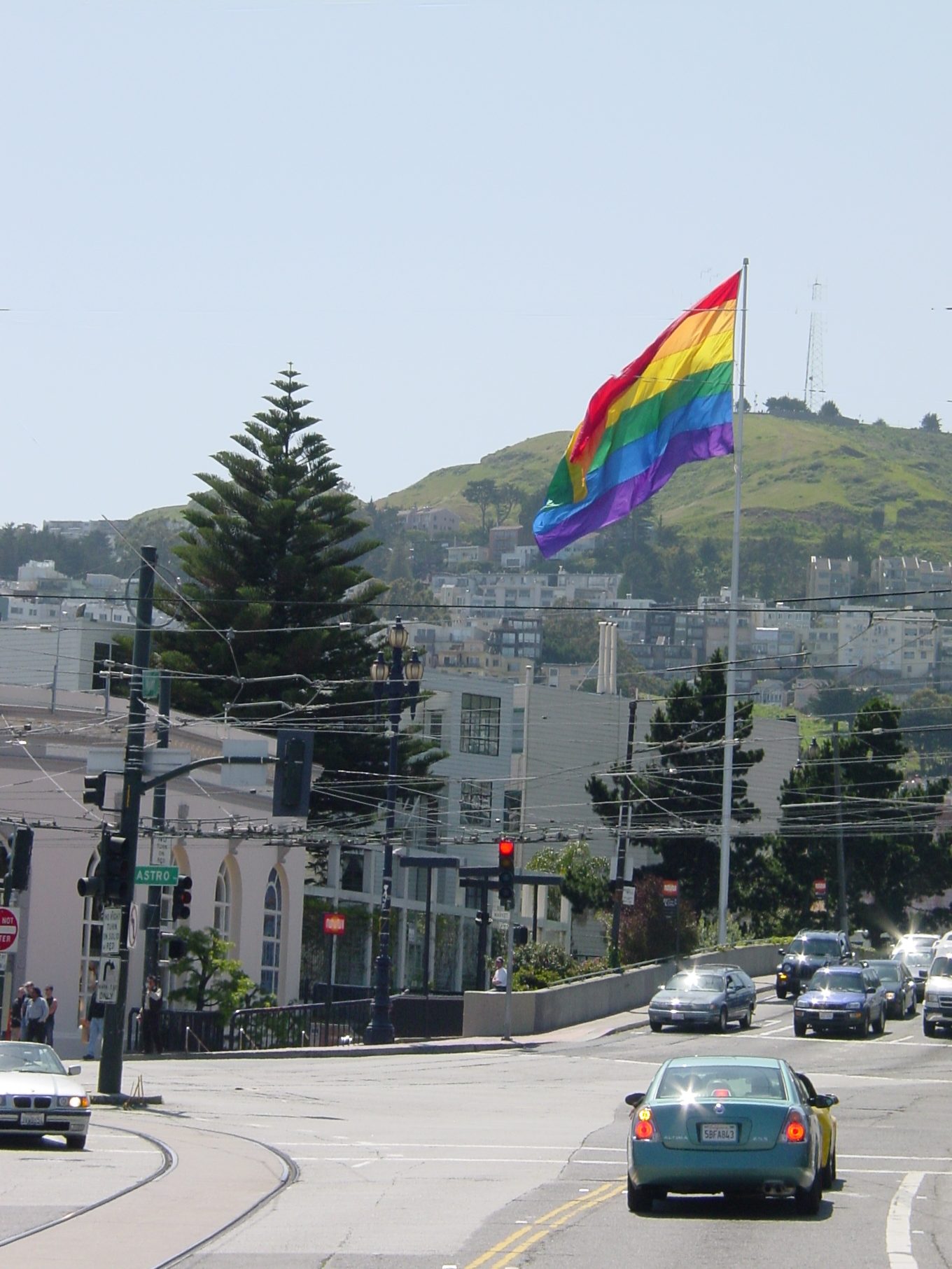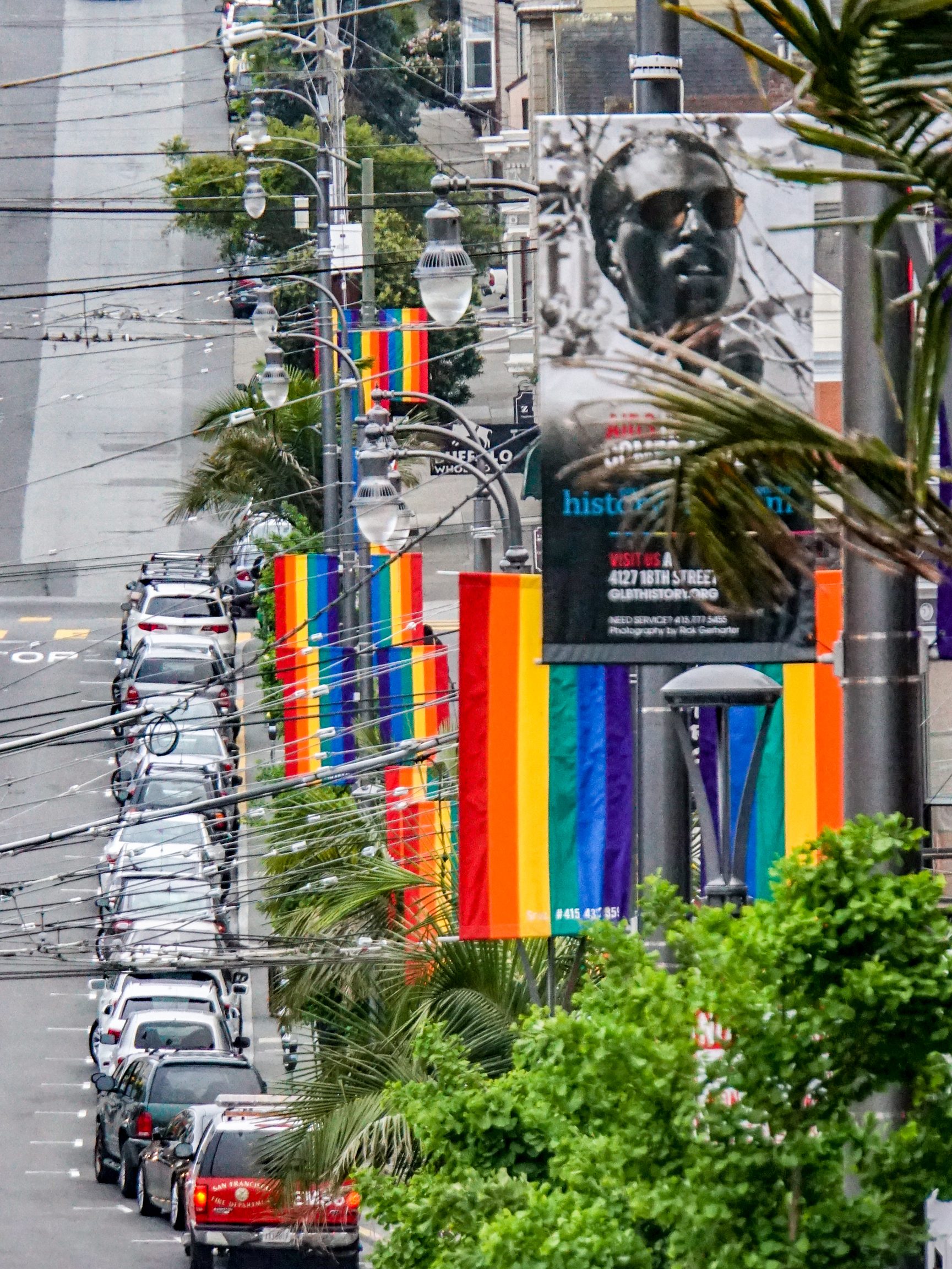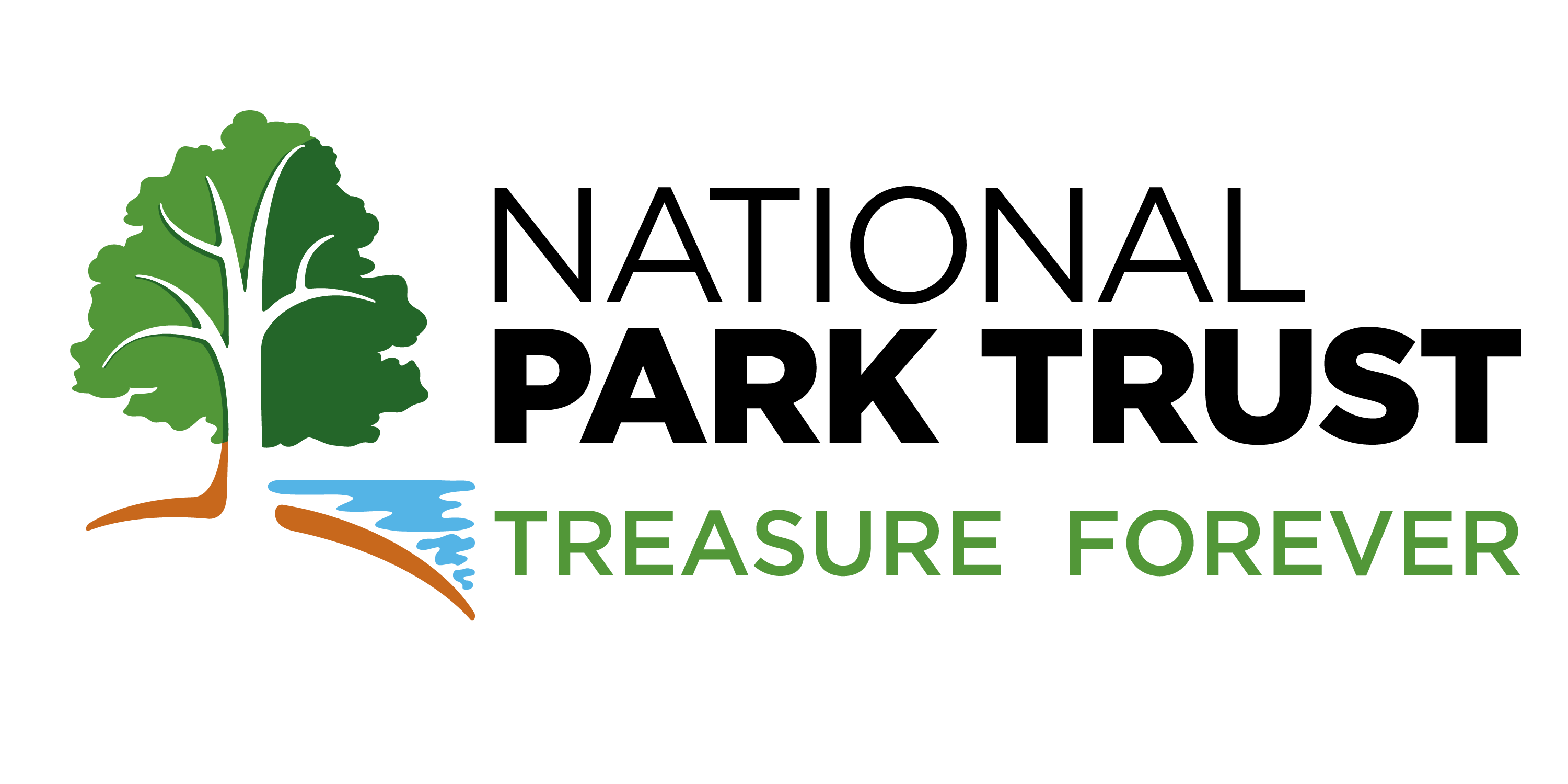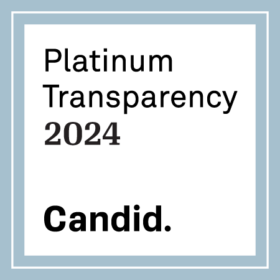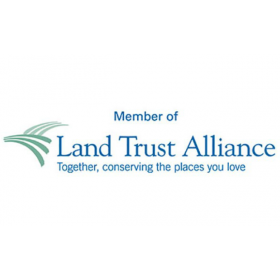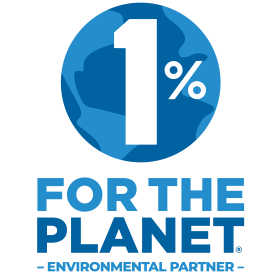Discovering San Francisco’s LGBTQ History Through Public Spaces
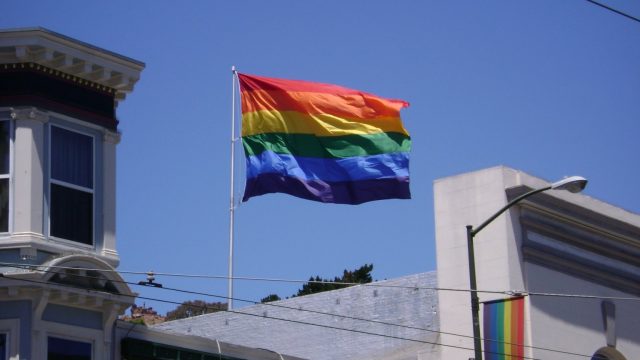
In the heart of San Francisco, just south of the famed Haight-Ashbury neighborhood, is a little known, but important neighborhood called “the Castro,” or the Castro District. As one of the oldest LGBTQ neighborhoods in the United States and home to the first openly gay elected official in California, Harvey Milk, the Castro plays an essential role the modern gay rights movement.
Today, the history of the Castro and San Fransisco’s LGBTQ community can be explored through a wide array of national, state, and local park sites, each depicting the neighborhood’s unique and vibrant story.
The Women’s Building, the oldest of these park sites, is a female-run community center focusing on gender equality and has been a gathering place since 1973. Notably, in 1994, an iconic and colorful mural depicting women throughought history was painted on the building’s exterior. In 2018, it was added to the National Register of Historic Places to preserve its historical and artistic value for future generations.
The community center offers a wide variety of services including career and technology support, fitness classes, and legal advice. It also provides a home to numerous nonprofits focusing on gender equality and social justice.
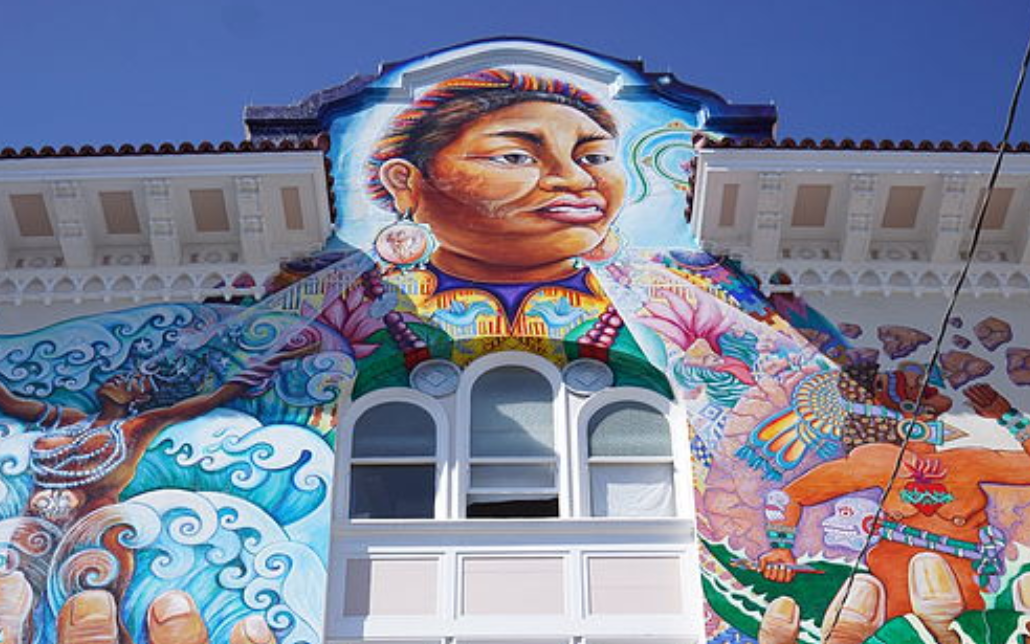
A little further away, in Golden Gate Park, is the National AIDs Memorial Grove. The serene location was dedicated to honor the lives lost due to AIDs (acquired immunodeficiency syndrome), especially residents of San Francisco. The Grove was established in 1991 by the local community who restored a decaying section of the park. In 1996, it was designated as the nation’s official AIDs Memorial. Today, the park is both a reminder of the lives lost and serves as a place for personal reflection for locals and visitors alike.
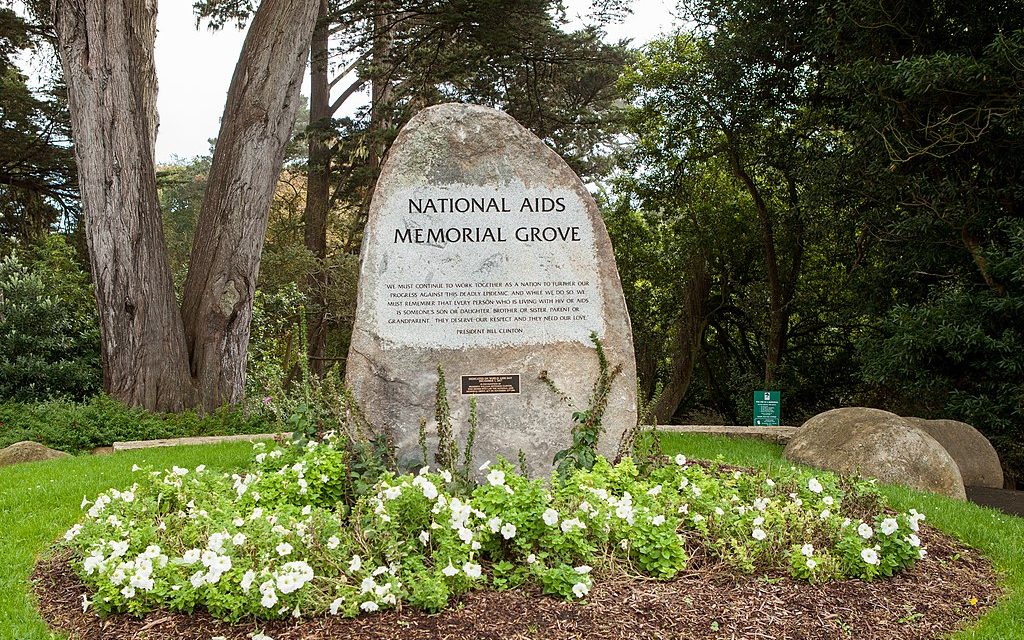
The Pink Triangle Memorial is located at the triangular intersection of Market St. and 17th St. in the Castro. The park’s name and shape reference the pink triangle gay men were forced to wear during the Holocaust, and the fifteen stone pillars inside the space represent the 15,000 men who died in concentration camps. To the east, the park overlooks the corner of Market and Castro St. and Harvey Milk Plaza, which sits at the heart of the Castro.
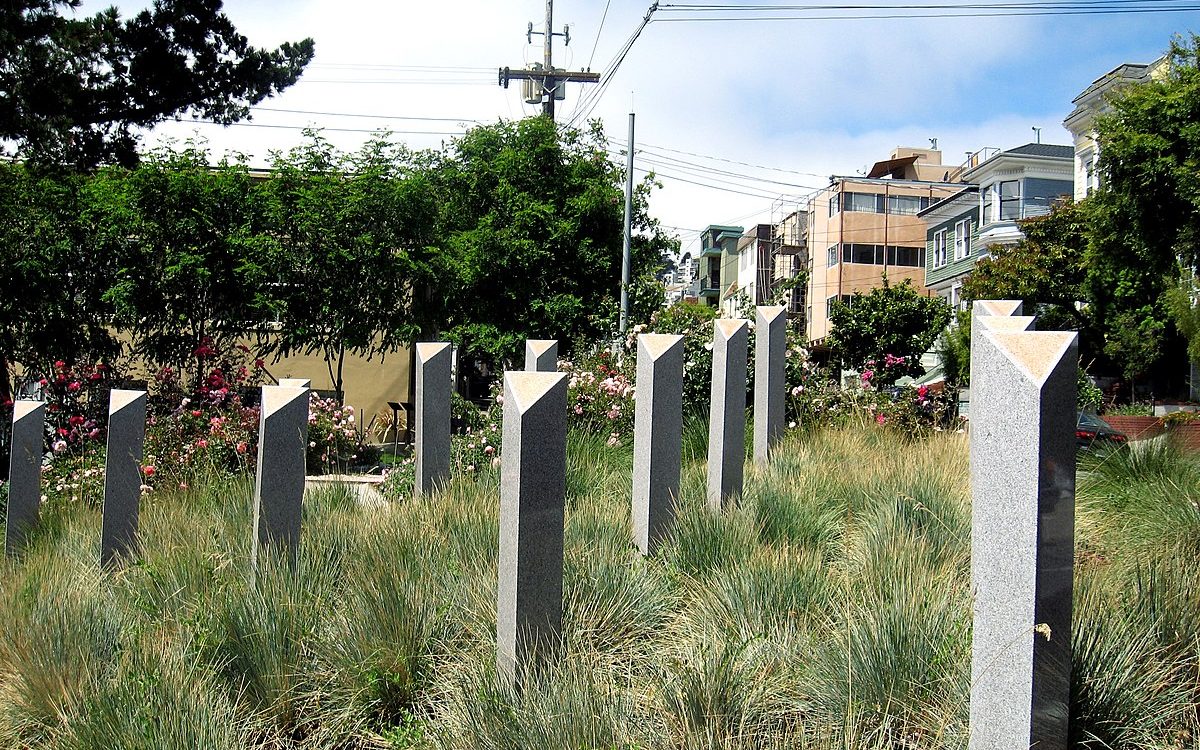
The Harvey Milk Plaza is named after former Castro resident and politician Harvey Milk, the first openly gay man to be elected to public office in California when he served on the San Francisco Board of Supervisors in 1978. After his assassination that same year, the plaza, a six-way intersection and mass transit stop, was renamed in honor of Milk, and in 1997, the rainbow pride flag pole was installed in the plaza. Since 2017, the Friends of Harvey Milk Plaza have been working to renovate and construct a large gathering space and memorial to Milk.
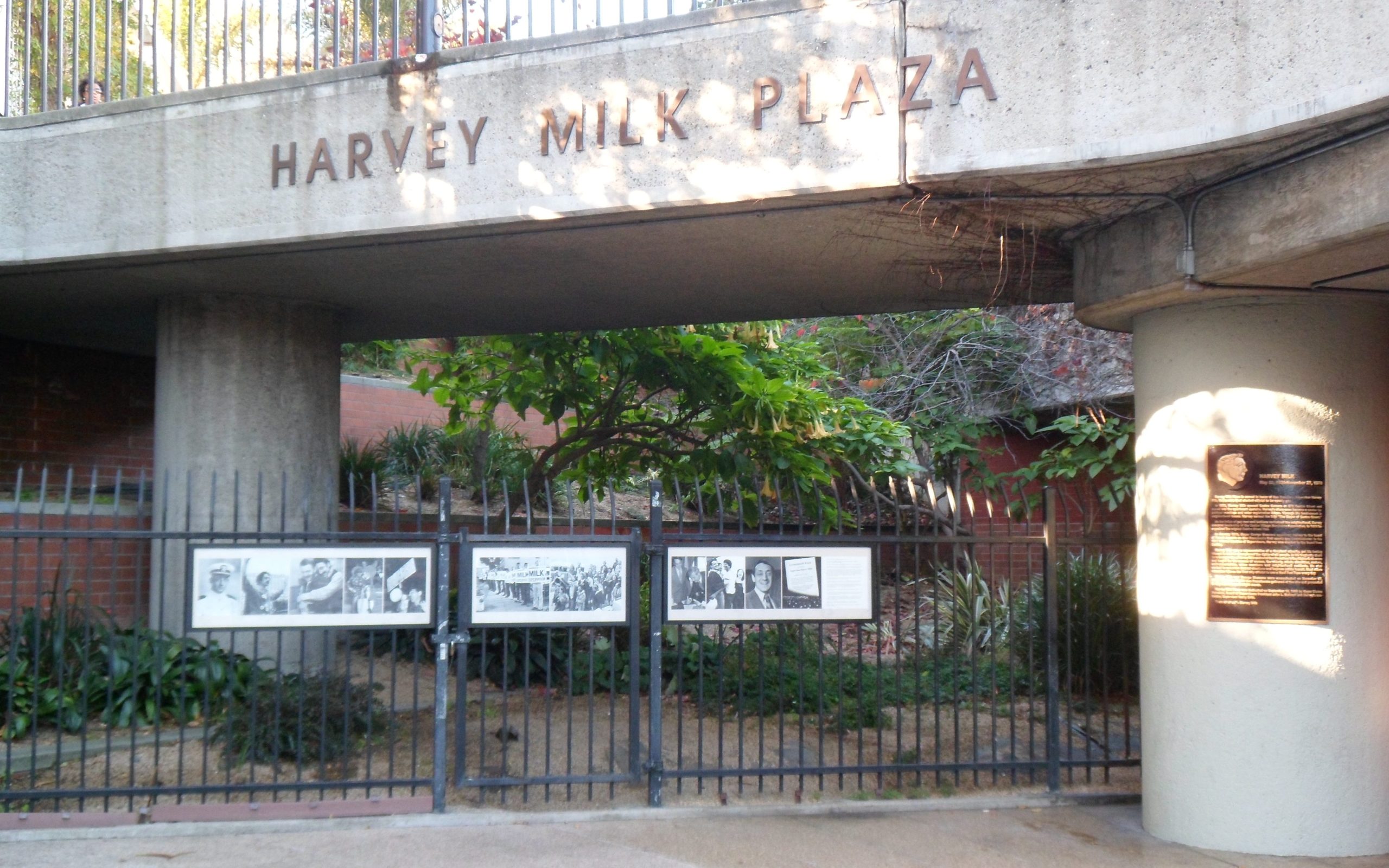
Together, these collective sites help preserve an essential part of American history where visitors can learn about the local community and our country’s ongoing pursuit for gender equality and inclusivity.
